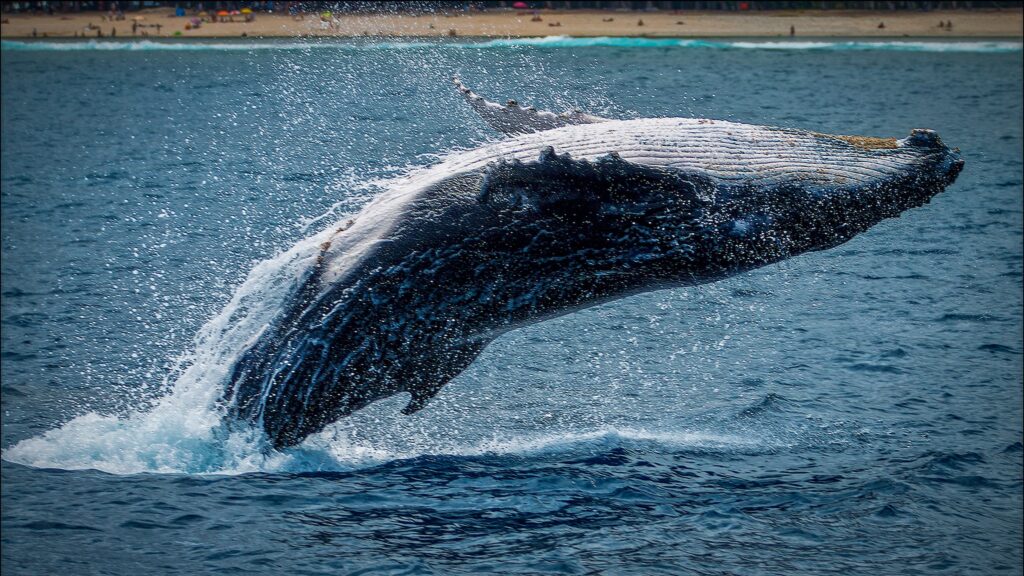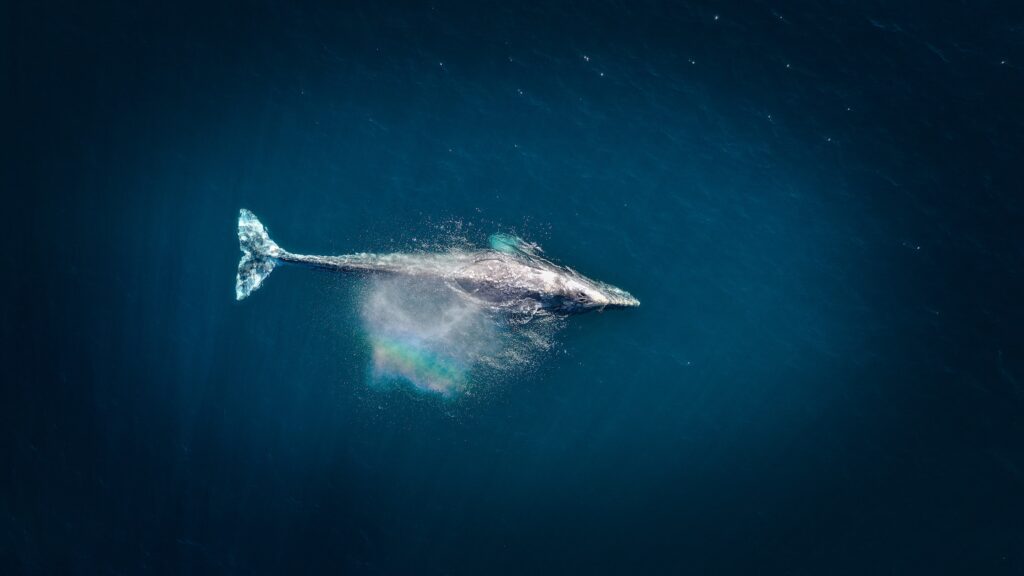Adaptation In Sight: Tracing Whales’ Evolutionary Transition Through Their Eyes
For centuries, whales have enraptured the human imagination as magnificent creatures of the ocean. These marine mammals have evolved over millions of years, transitioning from land-dwelling ancestors to their current aquatic lifestyle. One fascinating aspect of their evolution can be observed through the study of their eyes, which offer a unique glimpse into their remarkable journey from land to sea.

The eyes of whales exhibit remarkable adaptations that reflect their transition from a terrestrial to an aquatic environment. While their distant ancestors had eyes similar to those of land mammals, the modern whale’s eyes have undergone significant changes.
One striking adaptation is the position of their eyes on the sides of their heads, allowing for a wide field of vision, essential for spotting prey and avoiding predators in the vast expanses of the ocean. This lateral placement is in contrast to the forward-facing eyes of most land mammals, enabling whales to scan their surroundings more effectively.
Moreover, their eye structure has undergone adaptations to meet the challenges of vision underwater. Whales have evolved larger pupils, which allow more light to enter the eye, maximizing their ability to see in dimly lit ocean depths. Their corneas are also uniquely shaped to compensate for the difference in light refraction between air and water, ensuring clear vision underwater.

The evolutionary changes observed in whales’ eyes provide compelling evidence of their remarkable transition from land to sea. These adaptations provide insights into the environmental pressures that shaped their ancestors’ lifestyle and drove their gradual shift towards the ocean. The changes in eye position, pupil size, and corneal shape all reflect the need to thrive in the watery depths and hunt for prey effectively.
